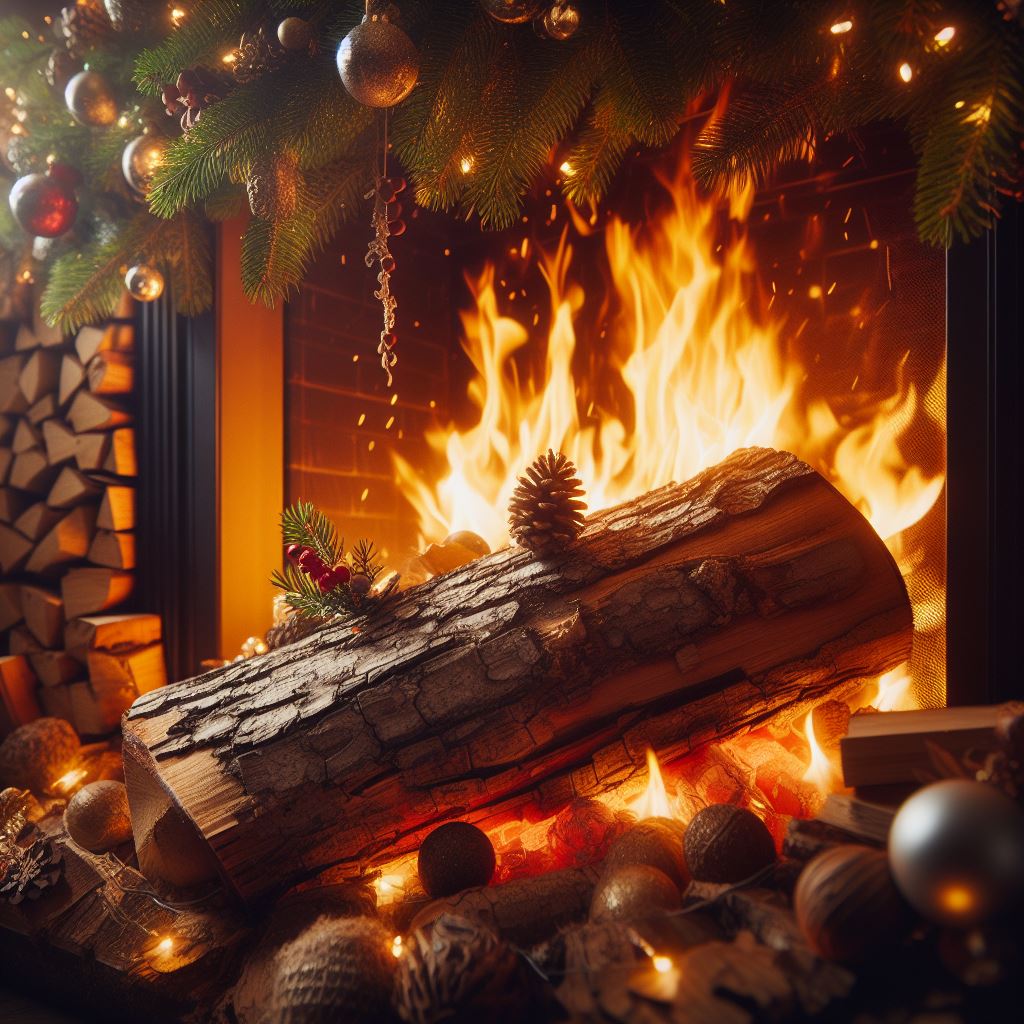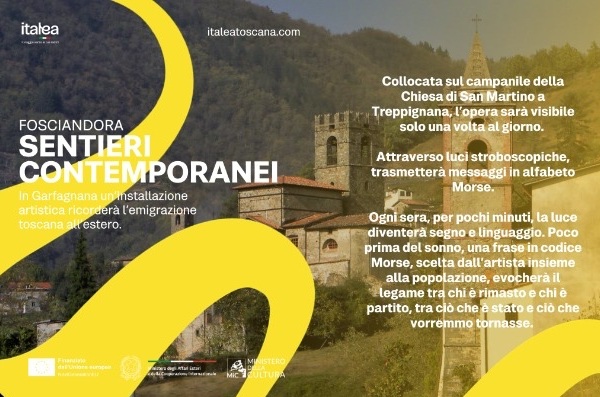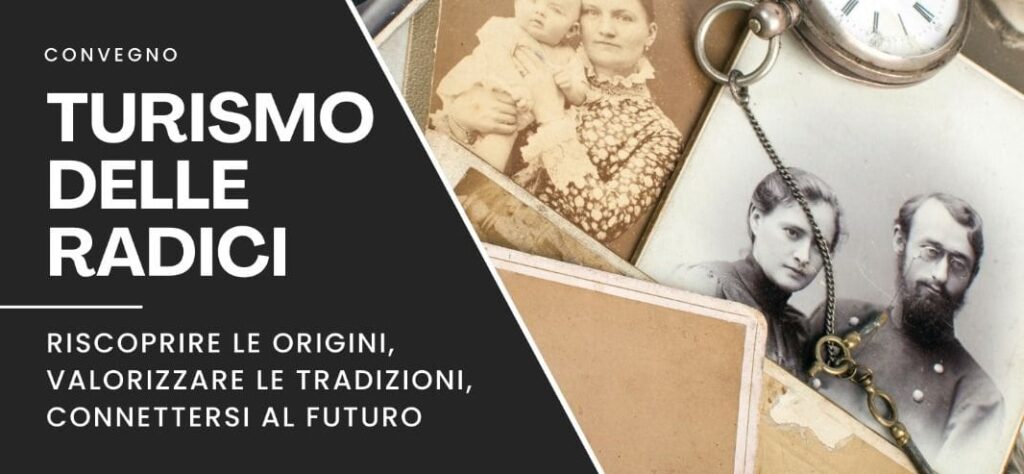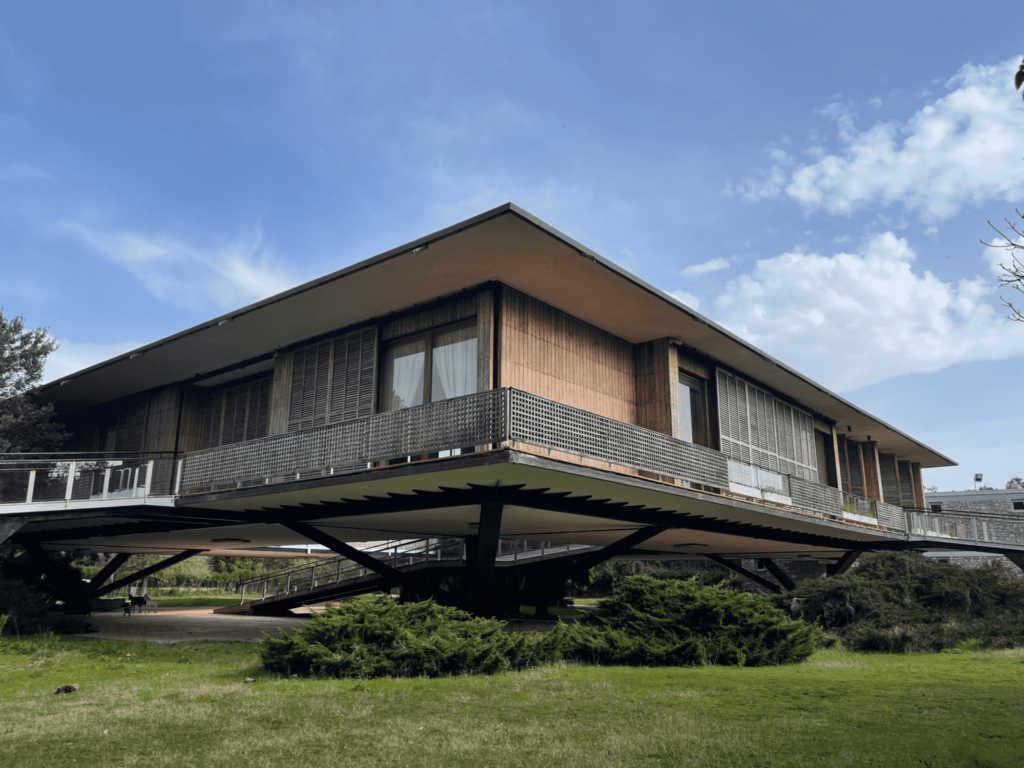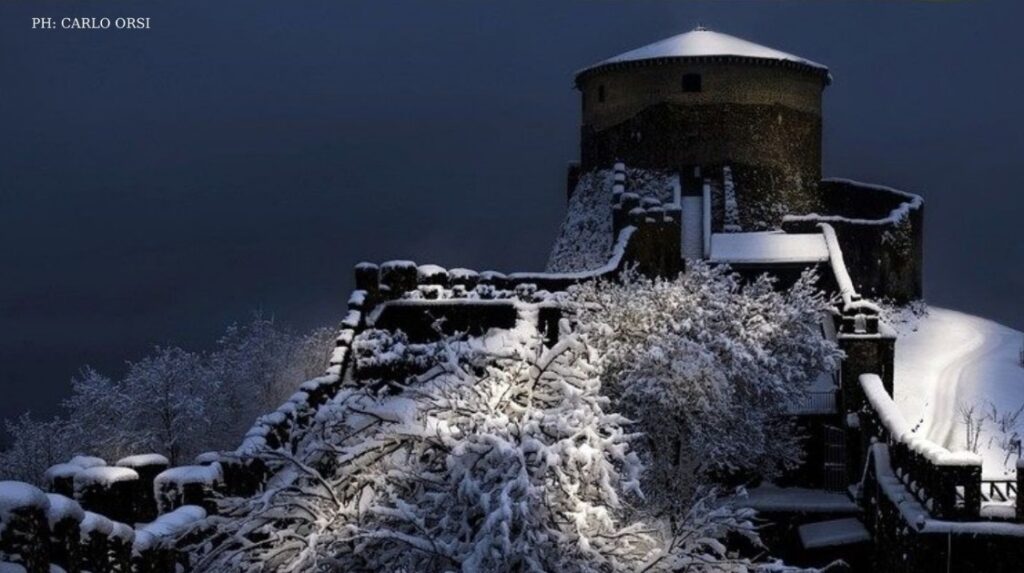The tradition of the Christmas log is one of the most ancestral linked to the winter holiday season. The custom is that a large log of wood (called a log or log) is burned throughout the night of Christmas Eve in the fireplace, in some cases even reaching Epiphany. The lighting of the fire was accompanied by an auspicious ceremony and the ashes of the Christmas log could be used for fertility rituals in the fields. From this tradition also derives the dessert called Ceppo di Natale or Tronchetto di Natale, which we can still find on our tables
The Ancient History of the Christmas Log
Have you ever heard of the Christmas Log? This is a very old story and can be considered as a characteristic element of the Christmas holiday, widespread in many countries with many local variations.
In fact, it is a popular tradition spread throughout Europe, from the Scandinavian countries to the Mediterranean area. Although the first documented traces date back to the twelfth century, its origins are certainly older: the resemblance between the Christmas hearth and the domestic altar dedicated to the ancestors is clearly present in Roman civilization and in the era before Christianity, with similarities that can also be extended to the custom of large bonfires that served to drive away darkness during the celebrations of the winter solstice, located chronologically right at the gates of Christmas.
The log that was burned in the fireplace during the Christmas holidays was considered a real good luck charm and its lighting was a ritual of good luck for the arrival of the colder season. Often the custom required pouring a few morsels of food or the first sips of wine from the Christmas meal over the log, a propitiatory gesture that served to wish a good harvest for the fields. This ritual links the Christmas log even more strongly with the typical holiday dessert, the Christmas log, present in many European cuisines.
The Christmas Log in Tuscany
In Tuscany, the tradition of the Ceppo di Natale is particularly ancient and documented, and many families remember episodes from the past related to this custom. The tradition is so widespread that in some contexts the log itself represents Christmas: in Tuscany, in fact, the Christmas festival has also been called “Festa del Ceppo”.
In the Tuscan countryside , the log was not only used as a domestic hearth during the coldest and darkest nights of the year, but could also be a bearer of gifts. Before the arrival of the Christmas tree and Santa Claus, the magical function of the “Christmas gift” was carried out by the log, which was decorated with candles and sweets, to be distributed to the children in the house.
In In some traditions, the Stump even became a person who showed up on the evening of Christmas Eve and questioned the children of the house: he gave sweets to those who had behaved well during the year, coal to those who had behaved badly. The log then became a figure similar to Santa Claus and the Befana, who judged the children of the house and brought gifts.
Depending on local traditions, the Ceppo could be present at Christmas, or on New Year’s Eve, occupying a period that goes from the winter solstice to the Epiphany. In any case, it was a tree stump burning in the hearth, a sacred version of an everyday act in which the customs of the countryside were mixed with the later values of Christianity, until more recent years.
Even today it is possible to find survivals of this ancient custom: if your grandparents burn a large log of wood in the fireplace and decorate it with Christmas motifs, perhaps it is precisely in relation to the customs of their ancestors, linked to the most magical time of the year.
